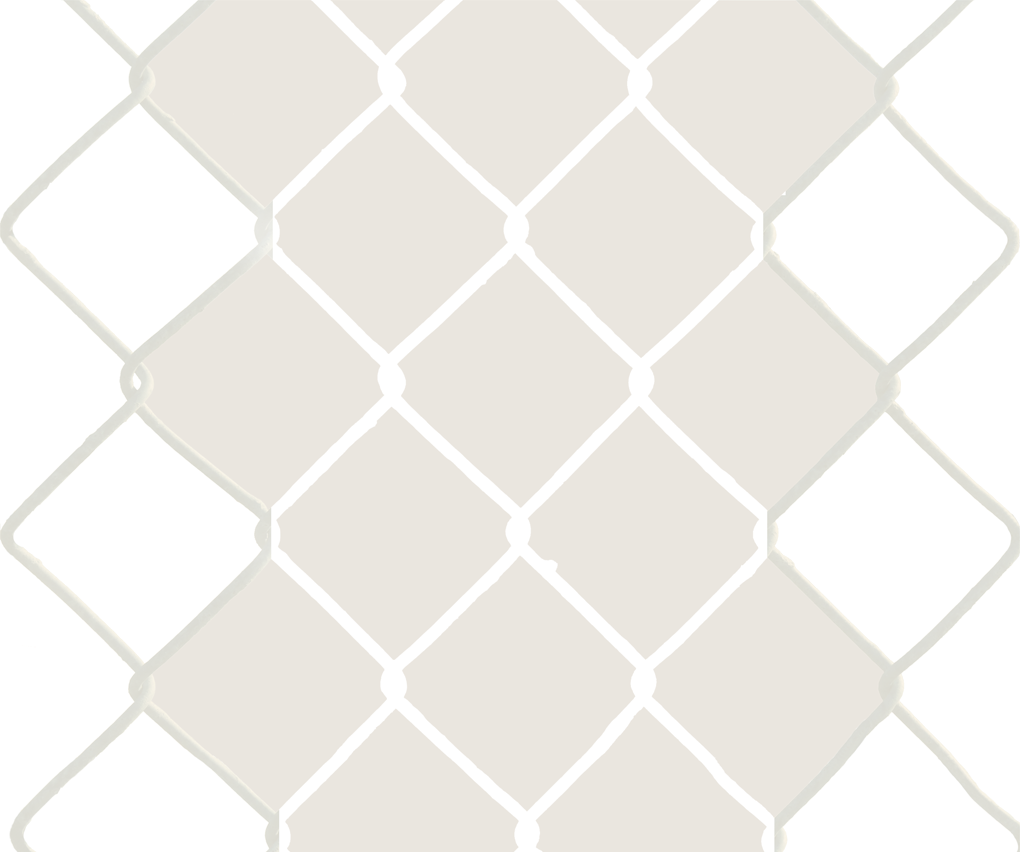
Art & Gentrification Series Introduction
January - June 2015
∞ mile in partnership with the University of Michigan Penny W. Stamps School of Art & Design
On 11 December 2014, Detroit emerged from the largest municipal Chapter 9 bankruptcy in United States history. Some may find it odd to talk about art and gentrification in a city as poor as Detroit. After much austerity, Detroit faces an influx of investment by transplants and former residents coming from a variety of circumstances. Questions of inequality emerge amidst Detroit’s supposed recovery. Already, tales of two cities surface about Detroit with Midtown and Downtown representing centers of capital investment and the surrounding neighborhoods representing capital divestment1. With an emerging narrative of an ascending “new Detroit”, it seems relevant to pose questions concerning the relationship between art and gentrification.
Does art inherently support gentrification? Does art have a role in countering gentrification? Such were the questions faced in organizing the series. Modernist art critic Clement Greenberg wrote of art’s connection to the wealthy as “an umbilical cord of gold.”2 Art quite often receives critique for supporting and/or inducing gentrification. But behind gentrification are also a number of different actors connected tangentially if not directly to the production of art. The various actors include but are not limited to policy makers, urban planners, architects, businesses and developers. To posit art and artists as merely a trojan horse for development would ignore that some artists engage in work that impacts the city in socially beneficial and integrated ways.
Are artists complicit in gentrification if they simply want a cheap studio and work advancement by moving from cities with high costs of living? In some instances, the processes of gentrification happen when middle-class developments follow artists in city centers while simultaneously moving the same artists into the periphery. If the soaring rent (among other things) in New York City, San Francisco or London reflects the model by which gentrification occurs, the displacement of artists from the city suggests gentrification may work against the interests of art.
defining gentrification
In coining the term ‘gentrification,’ sociologist Ruth Glass wrote of a condition still widely-held and seminal to the definition of gentrification today.3 The introduction of her book London: Aspects of Change (Centre for Urban Studies, 1964) describes a transformation of London neighborhoods:
One by one, many of the working-class neighbourhoods of London have been invaded by the middle-classes—upper and lower. Shabby, modest mews and cottages—two rooms up and two down—have been taken over, when their leases have expired, and have become elegant, expensive residences. Larger Victorian houses, downgraded in an earlier or recent period—which were used as lodging houses or were otherwise in multiple occupation—have been upgraded once again…. Once this process of 'gentrification' starts in a district it goes on rapidly, until all or most of the original working-class occupiers are displaced and the whole social character of the district is changed (ibid.: p. xviii).
As used, gentrification carries a negative connotation as lower-income neighborhoods of London become adversely affected by the influx of wealthier inhabitants, leading to their displacement, either geographically, economically or culturally. Gentrification refers to a process of development that has an adverse or negative impact on the existing community members.
Questions remain about the degrees of displacement gentrification induces. With respect to causes, consider demographic shifts like the increasing numbers of dual-earning households versus economic policies promoting easy mortgage lending. In terms of place, Glass wrote of London’s singularity and did not anticipate a possibility for gentrification beyond London. More broadly, is gentrification specific to cities, (e.g. restoring historic homes and converting lofts) or can suburban, exurban or rural areas become gentrified?4
Frequently, gentrification occupies some of the same territory spatially and conceptually as anything from colonization to urban redevelopment, carrying with it the connotations of erasure, a decrease in the representation of lower and working classes, economic or racial minorities replaced by increased affluence.
Meanwhile, terms such as ‘revitalization’ and ‘renaissance’ appear to mask gentrification’s adverse effects. The art and gentrification series asks contributors to consider the aforementioned definition of gentrification and contributors may propose their own definitions and terminology as they consider gentrification and its effects.
a series on art + gentrification
∞ mile and the University of Michigan Penny W. Stamps School of Art and Design have partnered to publish a series of articles about art and gentrification that will appear in the January - June 2015 issues of ∞ mile. The series invites a diverse group of contributors from multiple disciplines and locations to write on the subject, with specific attention paid to the role of art. The series organizers provided topic prompts and questions to invited writers but gave the writers autonomy to write on what they felt relevant. The articles could discuss art and gentrification beyond Detroit.
Prompts included:
- capital’s (dis)placement of poorer city inhabitants5
- the history of class and race-motivated urban planning
- the role of artists in urban policy
- the responsibility of art to issues of social and environmental justice
- how the Art World inhabits neighborhoods
- the role, if any, art and artists play in gentrification
- how housing policies impact the development of a neighborhood
- displacement of communities as a continuation of deep segregation between races and classes that have left Detroit one of the most segregated cities in the U.S.6
- the role art might have in countering the displacement of communities if any
- how graffiti, murals and guerrilla performances interact with gentrification
panel discussion
A panel discussion hosted at The Carr Center on March 21, 2015 in Detroit will cap the series and discuss the confluence of the topics featured in the articles.
series articles
issue 13: January 2015 |
||
issue 14: February 2015 |
||
issue 15: March 2015 |
||
|
||
issue 16: April 2015 |
Thoughts Propaedeutic to Talking about Gentrification, or, The Coruscant Effect |
|
issue 17: May 2015 |
||
|
||
issue 18: June 2015 |
||
related ∞ mile articles on art and gentrification
issue 12: December 2014 |
||
issue 11: November 2014 |
||
|
||
issue 7: June 2014 |
||
issue 6: May 2014 |
Détroit, très Brooklyn! examining gentrification and Detroit |
|
|
||
issue 5: April 2014 |
||
issue 3: February 2014 |
||
issue 1: December 2013 |
||
|
Beneath the Bodhi Tree of Blight, Detroit's "Rurban" Dream Takes Root |
Penny W. Stamps School of Art & Design
The Penny W. Stamps School of Art & Design at the University of Michigan has a long relationship with the City of Detroit—both in commitment to K-12 arts programming in collaboration with Detroit schools over nearly 20 years of classes bringing students from Ann Arbor to classrooms, and in negotiating the relationship between a culture capital and the surrounding region. The role Detroit has played and currently plays in the aspirations and motivations for artists and designers has shifted. Even five years ago, it was a rare recent grad who chose Detroit over NYC, Chicago or Los Angeles.
As the cultural infrastructure of the city grows and shifts, we actively interrogate our role in these shifts. How we engage, occupy and intersect with the City’s square footage, public places, emergent spaces and industries as regional partners, guests, innovators and collaborators is one of the most important lines of inquiry we see from our proximity.
Partnering with ∞ mile, an emergent critical voice committed both to initiating and listening to Detroit-based cultural discourse, while not confined to its physical boundaries was a motivating force behind this series, for if we are honest in our initiatives to work with the myriad layers of Detroit’s cultural communities, we could not do it on our own. No beach head, satellite campus or other landing module analogy seemed either appropriate or as compelling as being part of a discussion in progress.
series organizers
stephen garrett dewyer, ∞ mile
Jennifer Junkermeier, ∞ mile
Ryan Harte, ∞ mile
Nick Tobier, Penny W. Stamps School of Art & Design
footnotes
1 see Nolan Finley’s recent editorial in The Detroit News “Where are all the black people?” Part 1 and Part 2, 15 December 2014 and 27 December 2014
2 Greenberg, Clement. “Avant Garde and Kitsch”. Partisan Review. VI: 5 (Autumn 1939); reprinted in John O’Brian, ed., The Collected Essays and Criticism, vol. 1. University of Chicago Press: Chicago. 1986
3 In The Gentrification Debates: A Reader, Japonica Brown-Saracino’s first chapter ‘What is Gentrification? Definitions and Key Concepts’ surveys the scholarship defining gentrification. Brown-Saracino writes that “while scholars acknowledge that gentrification varies by time, place, and stage of gentrification (Clay 1979, Kerstein 1990), for the most part they concur that among gentrification’s defining traits are an influx of capital and resultant displacement, and the transformation of local “social character” (Glass 1964: xx), culture, amenities, and physical infrastructure (Warde 1991, Atkinson 2003)” (Routledge, 2013: p. 12).
4 Brown-Saracino. The Gentrification Debates: pp. 13-17
5 Capital is the valorization of things according to money. Karl Marx’s definition of capital: “The circulation of commodities is the starting-point of capital. The production of commodities and their circulation in its developed form, namely trade, form the historic presuppositions under which capital arises. World trade and the world market date from the sixteenth century, and from then on the modern history of capital starts to unfold” (Marx. Capital: Volume I: p. 247)
6 Detroit ranks consistently as one of the top five most segregated urban areas in the United States. http://www.salon.com/2011/03/29/most_segregated_cities/slide_show/7
works cited
Brown-Saracino, Japonica. The Gentrification Debates: A Reader, Routledge, 2013
Denvir, Daniel. “The 10 most segregated urban areas in Amerca”. Salon. Based on 2010 U.S. Census Data. http://www.salon.com/2011/03/29/most_segregated_cities/slide_show/7
Finley, Nolan. “Finley: More on the Two Detroits” The Detroit News. 27 December 2014. http://www.detroitnews.com/story/opinion/
columnists/nolan-finley/2014/12/24/nolan-finley-two-detroits/20867721/
Finley, Nolan. “Where are all the black people?” The Detroit News. 15 December 2014 http://www.detroitnews.com/story/opinion/
columnists/nolan-finley/2014/12/14/black-people/20322377/
Glass, Ruth. London: Aspects of Change. Centre for Urban Studies at University College London (UCL): London, U.K. 1964
Greenberg, Clement. “Avant Garde and Kitsch”. Partisan Review. VI: 5 (Autumn 1939); reprinted in John O’Brian, ed., The Collected Essays and Criticism, vol. 1. University of Chicago Press: Chicago. 1986
Marx, Karl. Capital: Volume 1. Introduction by Ernst Mandel. Translation by Ben Fowkes. Penguin Books in association with New Left Review: London, U.K.. 1976
Utchenik, Shoshanna. “Beneath the Bodhi Tree of Blight, Detroit’s “Rurban” Dream Takes Root”. ∞ mile. issue 01: December 2013. http://www.infinitemiledetroit.com/
Beneath_the_Bodhi_Tree_of_Blight,_
Detroits_Rurban_Dream_Takes_Root.html
